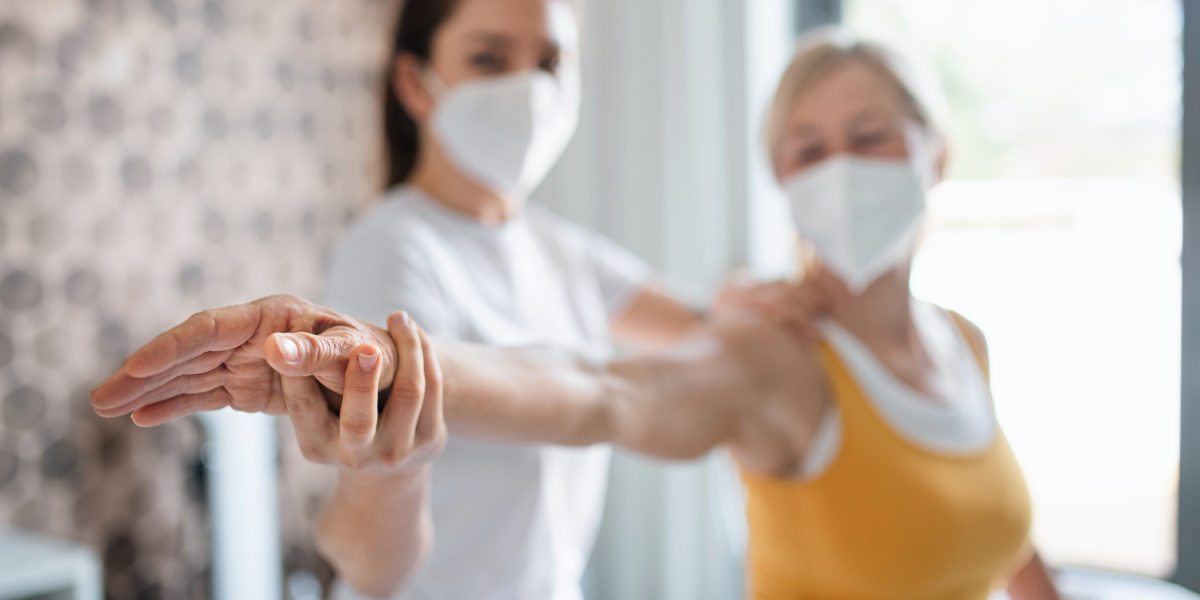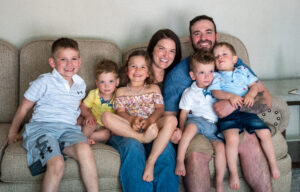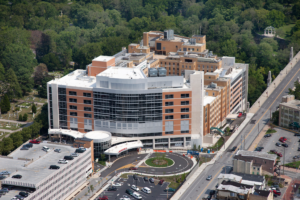The Center for Rehabilitation at Wilmington Hospital is celebrating 30 years of caring for our neighbors who need intensive inpatient services as they recover from illness, injury or surgery.
Each day, our hospital-within-a-hospital helps patients reclaim their independence, using the latest therapeutic technology and real-life skill simulations. From our brightly lit gym with state-of-the-art equipment to the fully functioning kitchen for patients to practice making and cleaning up after meals, our innovative Center focuses on helping people increase their strengths and skills as they prepare to return home.
Call 302-733-1036 to learn more or to refer a patient to ChristianaCare’s Center for Rehabilitation at Wilmington Hospital.
We provide individualized patient care that recognizes the unique needs of each patient. Our experience has earned us specialty accreditation from the Commission on Accreditation of Rehabilitation Facilities (CARF) for our inpatient rehabilitation program, stroke, brain injury, and limb loss care.
Here are 30 things to know about the Center for Rehabilitation:
- The Center for Rehabilitation at Wilmington Hospital opened in 1992. It was the first modern inpatient rehabilitation facility to open in the state of Delaware.
- Our team specializes in helping patients and their families recover from amputation, brain injury, cancer complications, fractures and other orthopaedic conditions, joint replacement, neurologic disorders, spinal cord injuries, stroke and trauma.
3. In addition to being licensed by the state, we have been accredited by the Commission on Accreditation for Rehabilitation Facilities (CARF) for 29 years. This is the highest accreditation an inpatient rehabilitation program like ours can receive and recognizes our commitment to patient satisfaction and outcomes.
4. We also have received CARF accreditation for our specialty programs in brain injury, stroke and amputation.
5. We love working together! There are more than 75 members of the rehabilitation team, including occupational therapists, physical therapists, neuropsychologists, rehabilitation nurses, recreational therapists, physiatrists, physician assistants, nursing techs, social workers and case managers, speech-language pathologists and a rehabilitation coordinator.
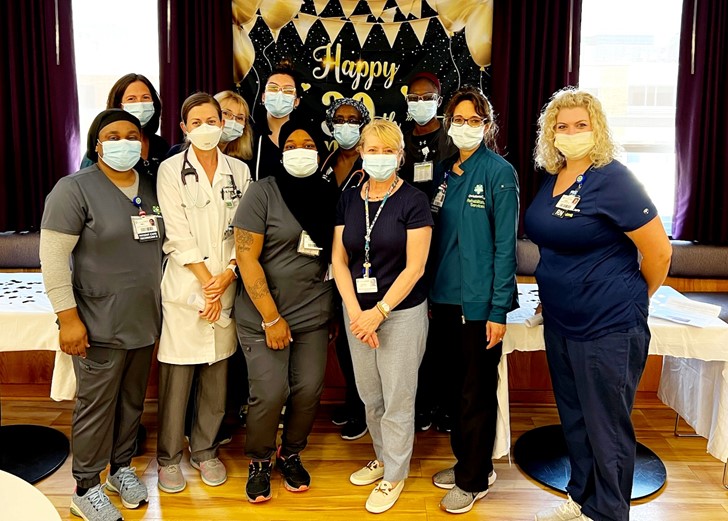
6. Our professionals at the Center for Rehabilitation at Wilmington Hospital hold specialty certifications in rehabilitation, gerontology, Parkinson’s disease care and neurology.
7. Our program discharged 626 patients in 2021, helping them to return to their lives with the support of their families and loved ones.
8. The average length of stay for a patient on our unit is 11.5 days.
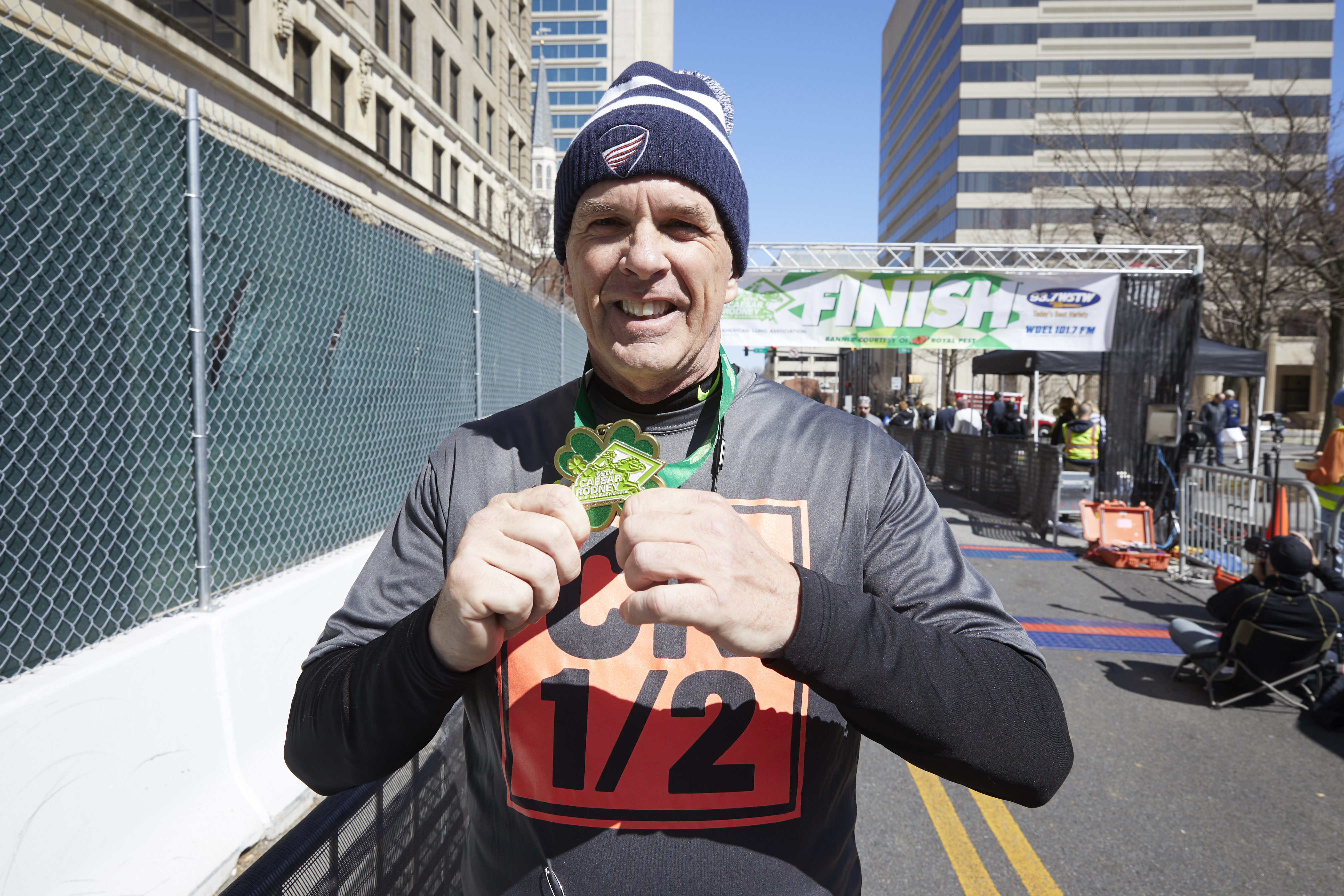
9. Each day, our patients spend at least three hours in at least two different kinds of therapy. Our patients spend an average of 960 minutes a week in therapy, more than the 900 minutes required by the Centers for Medicare & Medicaid Services.
10. Some of our rehab equipment looks a little different than what’s available at the local gym. Our inpatient gym, located on the sixth floor of Wilmington Hospital, includes a movable staircase for patients to practice walking up and down the stairs, parallel bars to work on balance issues, overhead lift technology to prevent patient’s falls during rehab work and – perhaps most unexpectedly – a car (more on that later).
11. Then again, we do have some familiar gym equipment: three treadmills, 12 therapy balls, as well as weights, to help our patients regain their strength.
12. About that car: OK, so no one’s taking it for a test drive down the hallway, but our therapy car occupies an important spot in the gym. It helps patients practice getting in and out of the car safely alongside mastering tasks like buckling a seatbelt.
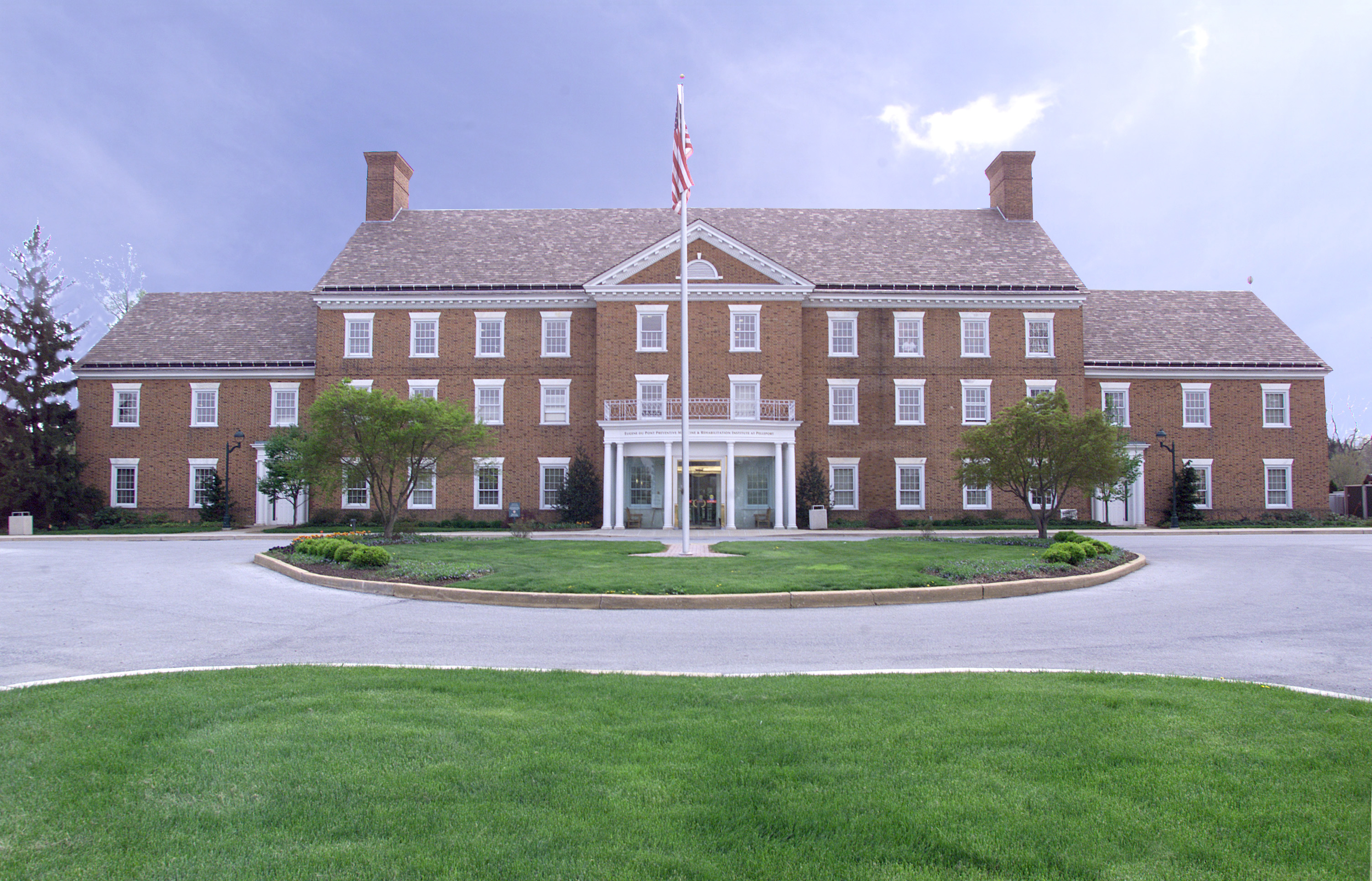
13. Speaking of traveling – patients don’t have to be exposed to the elements while visiting us at the Center for Rehabilitation. We offer free parking in the Wilmington Hospital garage, and there’s a covered walkway into the building. Valet parking is available free of charge to those with a handicapped tag.
14. Practice makes progress – the Transitional Living Apartment lets therapists work with patients to practice being at home before discharge. The space includes a full kitchen, a bedroom with a queen-sized bed, a living room area with a sofa, chair and recliner, and a bathroom with a toilet, shower and tub.
15. Even the flooring in the apartment has a special purpose – the space includes hardwood, tile and carpet to get patients acclimated to walking on different surfaces.
16. The Healing Garden in the Wilmington Hospital courtyard is more than a place for selfies. It also gives patients additional practice walking on a variety of surfaces, including brick steps, cobblestones and slate. Family members also like to spend time in the lush space and grab a few minutes of respite.
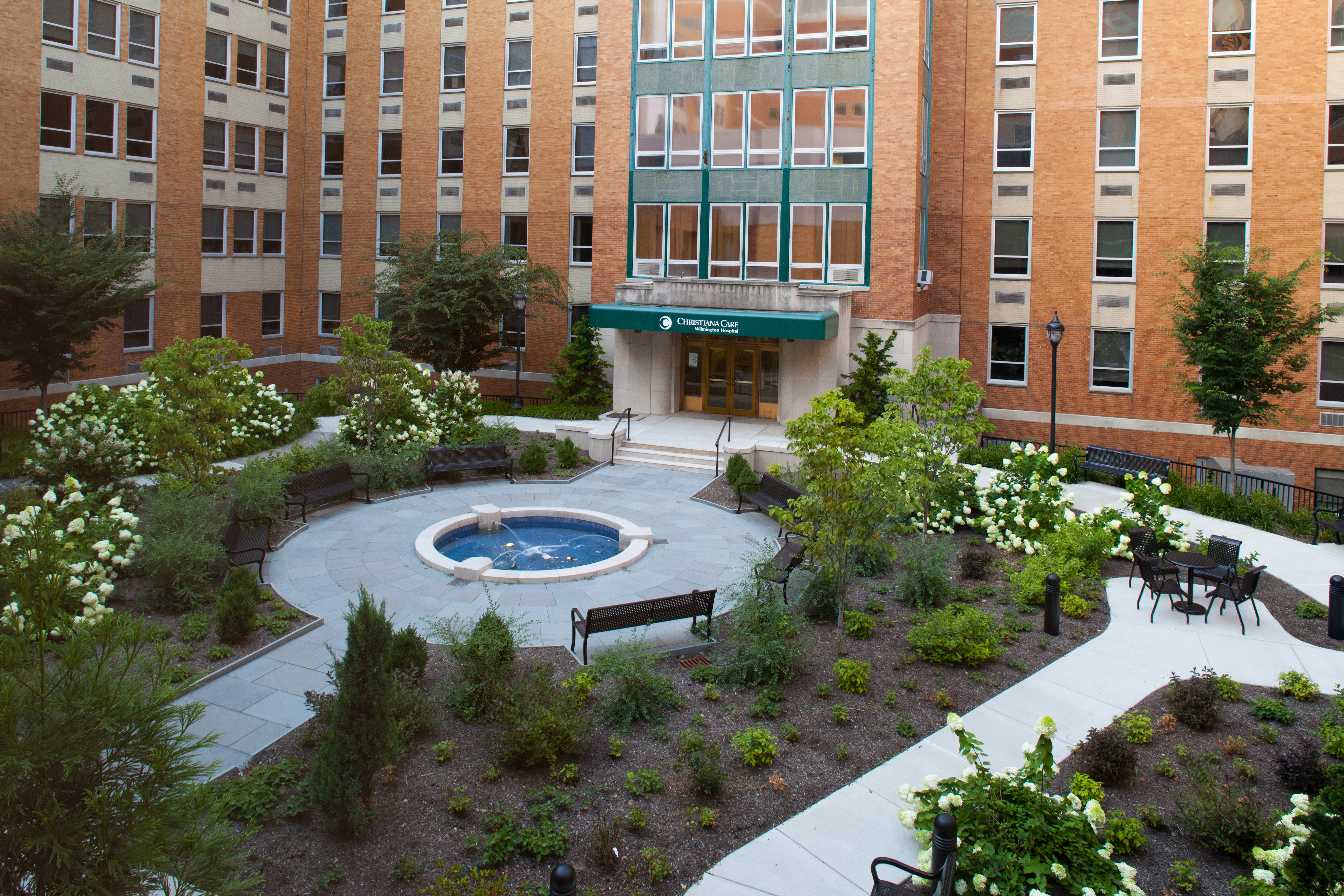
17. To get patients ready for the outside world, there’s a simulated store with groceries and a fruit stand to practice reaching, lifting, and carrying items.
We offer virtual and in-person support groups to support those living with limb loss, Parkinson’s disease, spinal cord injury and stroke. Click here for more information about these virtual groups.
18. Patients may be referred from their provider’s office, the hospital, home care providers and other rehabilitation centers. Our professionals review each referral to decide if care at the Center for Rehabilitation at Wilmington Hospital is the best step based on patient needs.
19. The Center accepts patients that are 18 years and older and medically stable.
20. One of the ways the Center celebrates patient success is with the “Victory Lap” when patients make their way around the floor to claps and cheers from caregivers. The lap doubles as a measure of patient progress during their inpatient stay.
21. Families are encouraged to be part of the rehabilitation process, often visiting during therapy sessions to make sure they are prepared for the patient’s eventual transition to home.
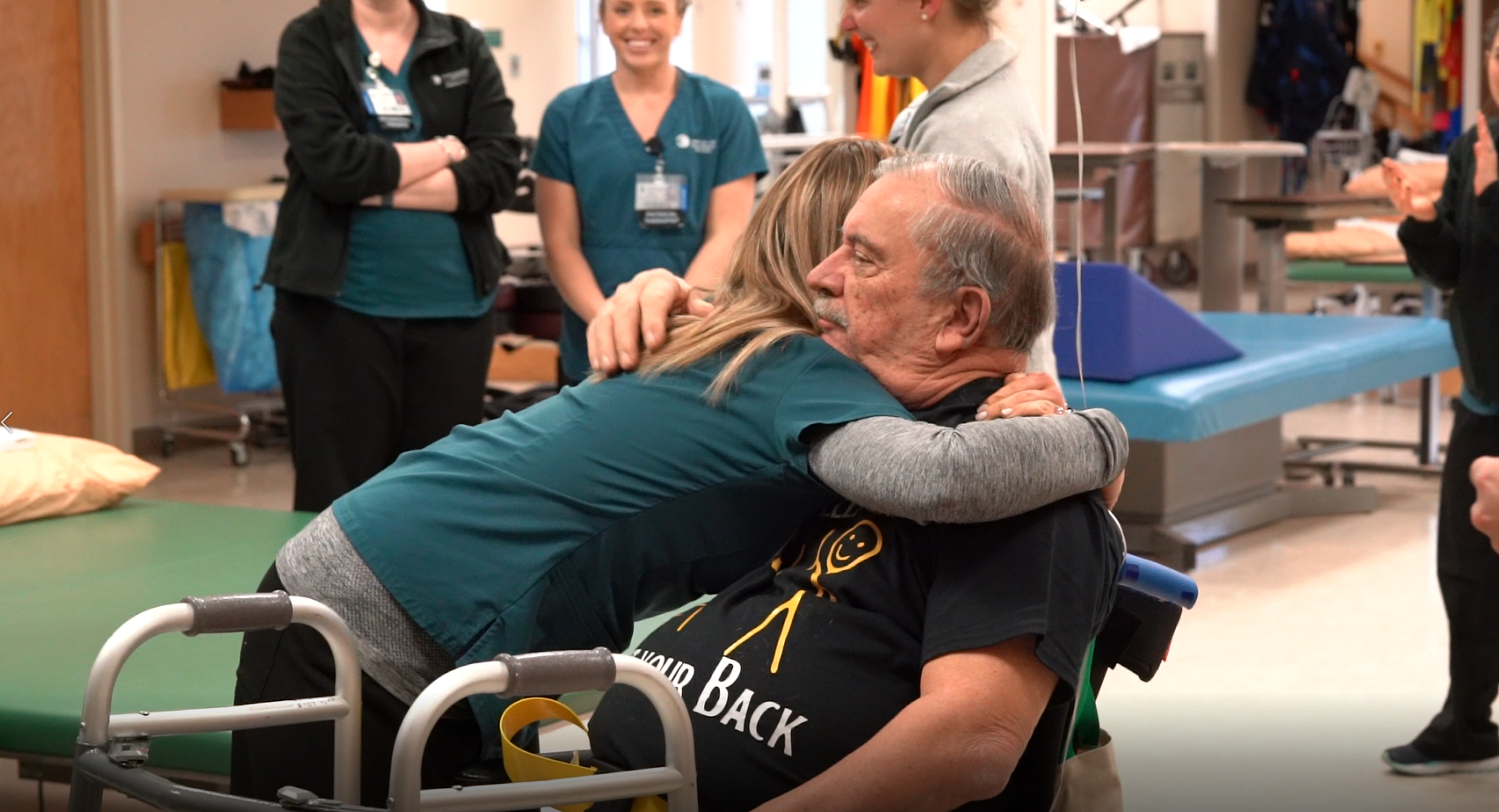
22. Recreational therapy is an important component of our program and available for in-room individual sessions or as part of group activities like seasonal crafts and watching football on the big-screen TV formats so patients can socialize and interact with others. Sometimes, we put on rehab-specific events like “Summer Olympics” and “Fall Harvest.”
23. Individualized care coordination services are provided for patients during their rehabilitation and after their discharge. Case managers provide guidance after discharge, helping to navigate insurance benefits, getting equipment and supplies, arranging follow-up care, and ongoing education. Social workers provide community resources and can help with choosing where to go after rehabilitation is complete.
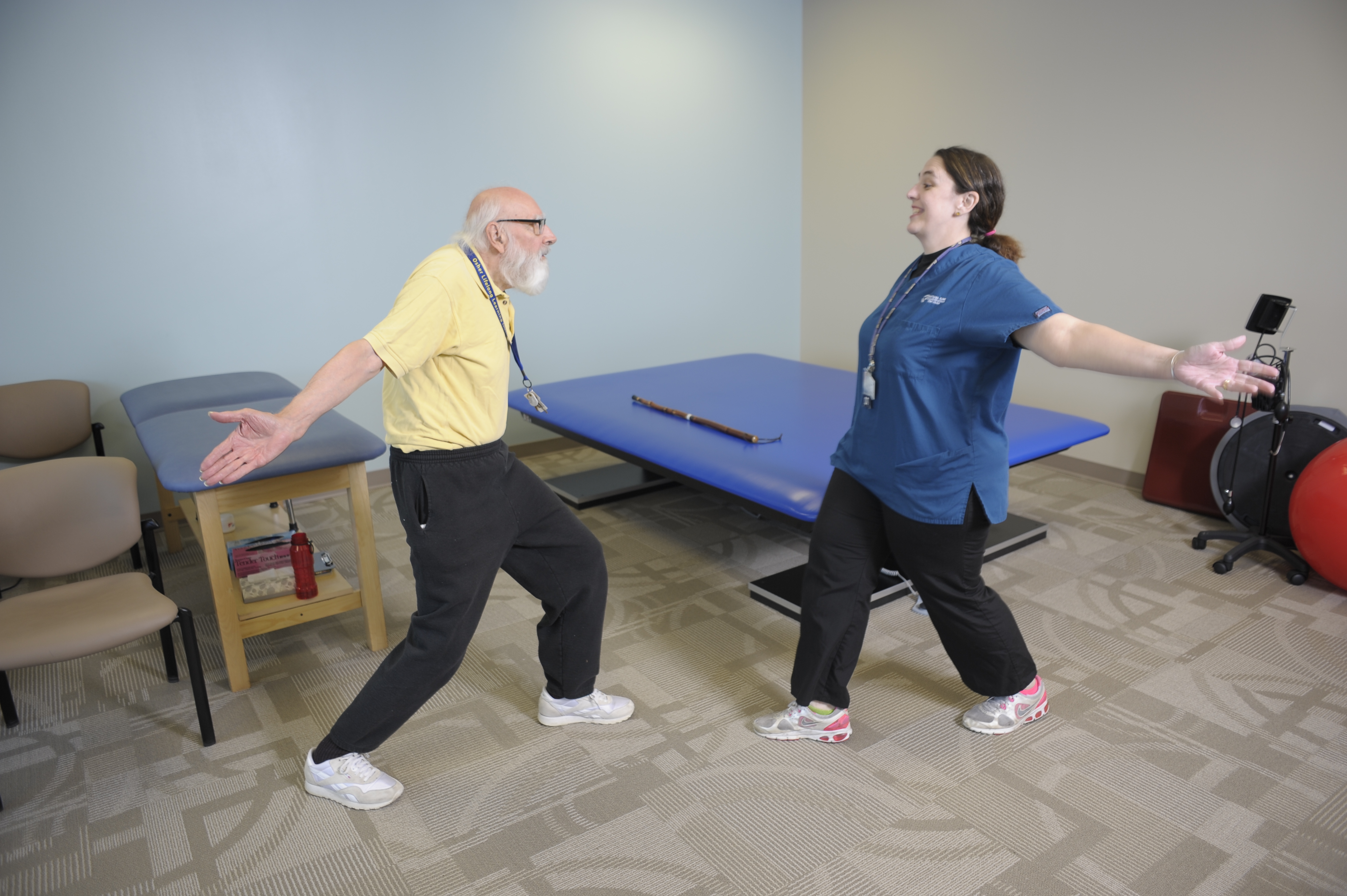
24. We work with patients at discharge to assist them with ongoing outpatient rehabilitation care at one of our 11 ChristianaCare locations in the region. We provide physical, occupational and speech therapy, neuropsychology, and Physical Medicine and Rehabilitation (PM&R). See more information here.
25. The Center for Rehabilitation at Wilmington Hospital collaborates with more than 15 universities to provide educational opportunities for students studying physical therapy, occupational therapy, speech therapy and more.
26. We meet the needs of our patients through partnerships with community experts to help with supplying orthotics and prostheses for those with limb loss; wheelchair and seating equipment; durable medical equipment; and home modification references.
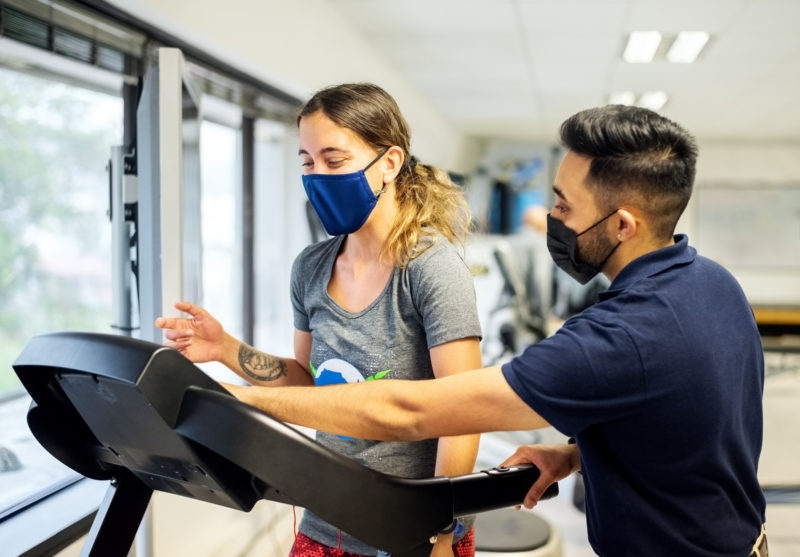
27. We offer virtual and in-person support groups to support those living with limb loss, Parkinson’s disease, spinal cord injury and stroke. Click here for more information about these virtual groups.
28. The Ventricular Device/Structural Heart Program allows patients with heart failure to stay closer to their families for inpatient rehabilitation.
29. Our specialty services also include:
- Access to behavioral health services, including dedicated neuropsychology services on the unit.
- Management of hypertonicity (muscle tightness) and spasticity (muscle stiffness).
- Access to specialists, such as nephrology, neurology, cardiology, general surgery and orthopaedics.
- Access to in-hospital services such as hemodialysis, imaging and swallow studies.
30. Skilled rehabilitation nursing is available seven days a week, 24 hours a day, all year long.
